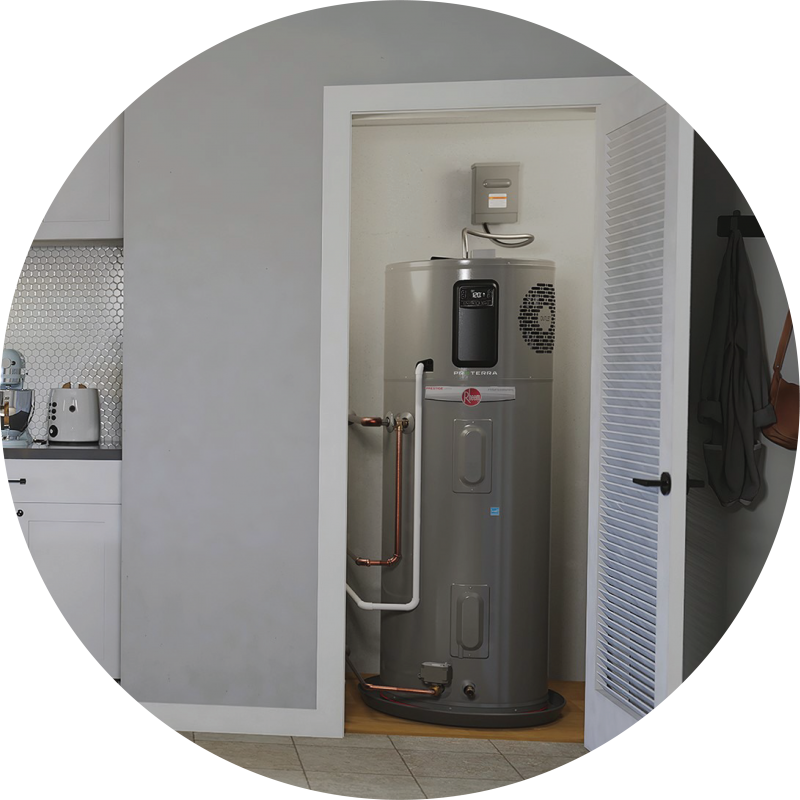What are your insights and beliefs on Tips For Maintaining Your Hot Water Heater?

Hot water is essential for daily comfort, whether it's for a rejuvenating shower or cleaning dishes. To ensure your warm water system runs effectively and lasts longer, routine upkeep is essential. This write-up offers sensible suggestions and insights on just how to maintain your home's hot water system to avoid disturbances and costly repair services.
Intro
Maintaining your home's warm water system might seem overwhelming, yet with a few basic steps, you can guarantee it operates smoothly for many years to find. This overview covers every little thing from understanding your warm water system to do it yourself upkeep pointers and knowing when to contact expert assistance.
Relevance of Keeping Your Warm Water System
Normal upkeep not only extends the lifespan of your hot water system but also ensures it operates effectively. Overlooking maintenance can result in reduced effectiveness, greater power expenses, and also premature failure of the system.
Indications Your Hot Water System Requirements Upkeep
Recognizing when your warm water system needs attention can prevent significant problems. Watch out for signs such as irregular water temperature level, strange sounds from the heating unit, or rusty water.
Understanding Your Warm Water System
Before diving right into maintenance tasks, it's valuable to understand the basic components of your warm water system. Commonly, this consists of the hot water heater itself, pipes, anode rods, and temperature controls.
Month-to-month Upkeep Tasks
Routine regular monthly checks can help catch small problems before they escalate.
Flushing the Hot Water Heater
Purging your water heater removes debris build-up, enhancing efficiency and prolonging its life.
Monitoring and Changing Anode Rods
Anode rods prevent deterioration inside the storage tank. Examining and changing them when worn is essential.
Inspecting and Readjusting Temperature Settings
Readjusting the temperature level settings makes certain ideal performance and safety and security.
Do It Yourself Tips for Maintenance
You can execute numerous maintenance jobs on your own to keep your warm water system in top problem.
Looking for Leaks
Consistently check pipes and links for leaks, as these can lead to water damages and higher expenses.
Testing Stress Relief Valves
Examining the pressure safety valve ensures it operates properly and prevents too much pressure build-up.
Insulating Pipelines
Insulating warm water pipes lowers warm loss and can conserve energy.
When to Call a Specialist
While DIY upkeep is advantageous, some concerns require professional know-how.
Facility Problems Calling For Expert Aid
Examples consist of major leaks, electric problems, or if your hot water heater is consistently underperforming.
Regular Specialist Maintenance Perks
Professional maintenance can consist of comprehensive assessments, tune-ups, and making certain conformity with safety requirements.
Conclusion
Routine upkeep of your home's warm water system is important for performance, longevity, and cost financial savings. By adhering to these tips and understanding when to look for professional assistance, you can make sure a reliable supply of hot water without unforeseen disturbances.
How to Maintain an Instant Hot Water Heater
Before tinkering with your hot water heater, make sure that it’s not powered on. You also have to turn off the main circuit breaker and shut off the main gas line to prevent accidents. Also turn off the water valves connected to your unit to prevent water from flowing into and out of the appliance. 2. When you’re done, you have to detach the purge valves’ caps. These look like the letter “T†and are situated on either side of the water valves. Doing so will release any pressure that has accumulated inside the valves while at the same time avoid hot water from shooting out and burning your skin. 3. When the purge valves’ caps are removed, you have to connect your hosing lines to the valves. Your unit should have come with three hoses but if it didn’t, you can purchase these things from any hardware or home repair shops. You can also get them from retail stores that sell water heating systems. Read the user’s manual and follow it to complete this task properly. When the hosing lines are connected, open the purge port’s valves. 4. You should never use harsh chemical cleaners or solutions when cleaning your unit. Make use of white vinegar instead. It should be undiluted and you’ll probably use about 2 gallons. 5. Now flush your water heater. This task should probably take about 40 minutes. We can’t give you specific directions for this because the procedure is carried out depending on the type, model and brand of your heater. With that being said, refer to the user’s manual. 6. When you’re done draining the unit, you have to turn off the purge port valves again. Remove the hosing lines that you earlier installed on each of the water valves. Put the valve caps (purge port) back in their respective places and be very careful so as not to damage the rubber discs that are found inside these caps. 7. Now that everything’s back in place, check your user’s manual again to find out how to reactivate your water heating system. 8. Once it is working, turn one of your hot water faucets on just to let air pass through the heater’s water supply pipes. Leave the tap on until water flows smoothly out of it. https://www.orrplumbing.com/blog/2014/september/how-to-maintain-an-instant-hot-water-heater/

We hope you enjoyed our excerpt about Tips For Maintaining Your Hot Water Heater. Thanks so much for finding the time to read our article post. Appreciated our content? Please quickly share it. Let another person check it out. We love reading our article about What Kind of Maintenance Do Water Heaters Need?.
Request Free Estimate